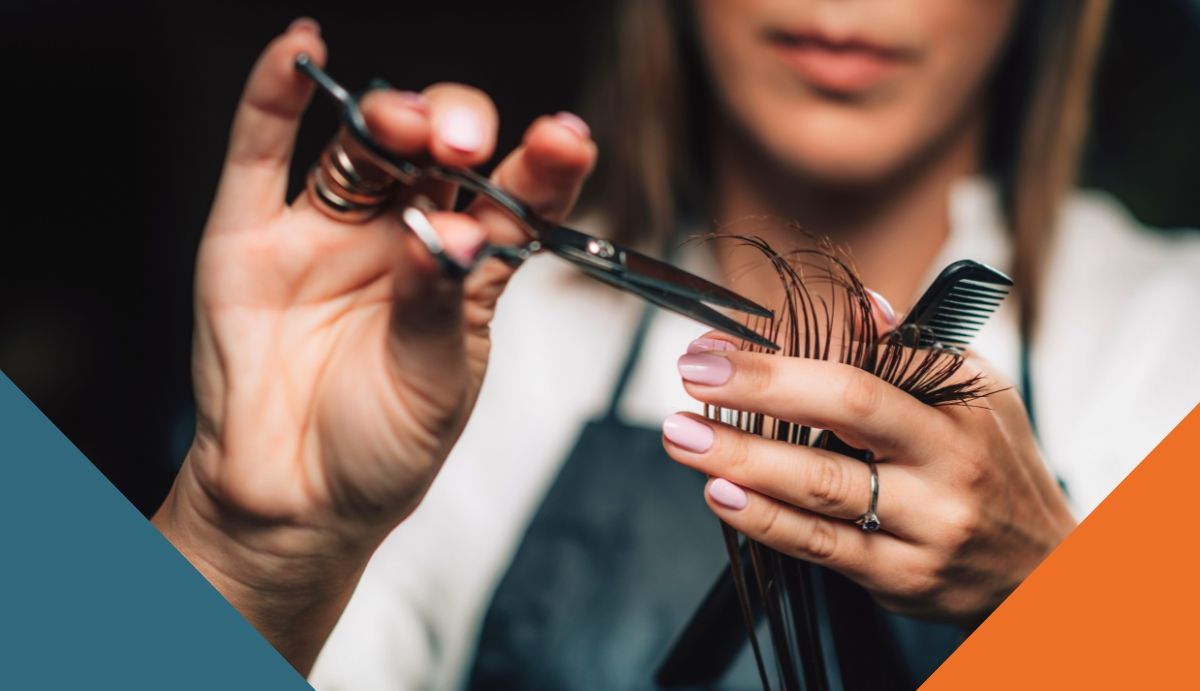Hair Today, Gone Tomorrow: The Evolution of Hairstyles Through History

Hairstyles have always been more than just a way to keep hair in place – they’ve been powerful symbols of identity, status, and culture. From Cleopatra’s iconic blunt cut to the wild mullet of the 1980s, the evolution of hairstyles reflects the ever-changing story of humanity. Join us as we journey through the centuries, exploring how hairlines and hairstyles have shaped and been shaped by history.
The Origins of Hairstyles: Ancient Times
In ancient Egypt, hairstyles were a marker of wealth and status. Both men and women wore wigs made from human hair or plant fibres, often adorned with gold and precious stones. The Egyptian hairline, typically shaved or kept clean beneath these elaborate wigs, signified hygiene and social sophistication. Cleopatra’s signature blunt fringe remains one of the most recognisable looks in history.
Meanwhile, in ancient Greece, braided hairstyles were not just practical but deeply symbolic. Intricate braids and updos adorned the heads of women during ceremonies, representing femininity and devotion. Hairlines were often styled to frame the face delicately, creating a soft and elegant look that complemented their flowing robes.
The Middle Ages: Modesty and Magnificence
The Middle Ages saw hairstyles heavily influenced by religion and class. Women covered their hair with veils or wimples as a symbol of modesty, while noblewomen styled their locks into elaborate braids and buns, sometimes hidden under intricate headpieces.
Interestingly, receding hairlines were considered fashionable among certain groups, particularly in the late medieval period. Some women plucked or shaved their hairlines to create a high forehead, which was associated with intelligence and beauty. This unique trend demonstrates how beauty standards have always been shaped by cultural ideals.
The Renaissance: Hairlines and High Hair
The Renaissance ushered in an era of artistic exploration, and hairstyles were no exception. The widow’s peak became a prominent feature in portraits, as seen in works by artists like Botticelli. Women often styled their hair to emphasise their hairline, plucking their brows and foreheads to create a regal, elongated appearance.
High hairstyles also gained popularity, with elaborate buns and braids adorned with pearls and ribbons. These styles were often influenced by royal courts, where opulence reigned supreme. Hairlines were a focal point, framed by perfectly coiffed curls or intricate headpieces, underscoring the connection between art and beauty.
The 20th Century: Iconic Styles
The 20th century brought some of the most iconic and experimental hairstyles in history, reflecting the cultural shifts of each decade.
The Bob: A Roaring ‘20s Revolution
In the 1920s, the bob haircut became a symbol of liberation and rebellion. Women chopped off their long locks, defying traditional norms and embracing a modern, youthful look.
The Beehive: Big Hair, Big Dreams
The 1960s saw the rise of the beehive, a voluminous style that symbolised glamour and sophistication. Paired with bold eyeliner and mini skirts, the beehive became synonymous with the era’s fashion-forward women.
The Mullet: Business in the Front, Party in the Back
The 1980s brought the mullet, a polarising yet unforgettable hairstyle that embodied the decade’s love for excess and individuality. Celebrities and everyday people alike embraced this quirky style, cementing its place in pop culture history.
Throughout the century, hairstyles reflected societal changes, from the conservatism of the 1950s to the free-spirited experimentation of the 1970s and 1980s.
Haircare Through the Ages
Haircare has evolved alongside hairstyles, with each era bringing its own innovations.
In ancient Egypt, oils like castor oil and almond oil were used to maintain wig health and moisturise the scalp. Greek women employed olive oil to add shine and tame frizz, while medieval women used herbal rinses to cleanse their hair.
Fast forward to modern times, and the haircare industry has exploded with products designed to support every hair type and style. From heat protectants for sleek styles to dry shampoos for effortless volume, today’s options cater to both creativity and convenience.
Hairlines, in particular, remain a key focus in beauty standards, whether it’s shaping a widow’s peak or ensuring a natural look with hair systems.
Celebrate the Diversity of Hairstyles
Hairstyles tell a story – about who we are, where we’ve been, and where we’re headed. From the symbolic hairlines of ancient Egypt to the experimental mullets of the 1980s, each era has left its mark on the way we style and perceive hair.
Whether you’re embracing a modern twist on a classic look or experimenting with something entirely new, remember that your hairstyle is a powerful form of self-expression. Let’s celebrate the rich history of hair and the diverse ways it continues to shape our identities today.
